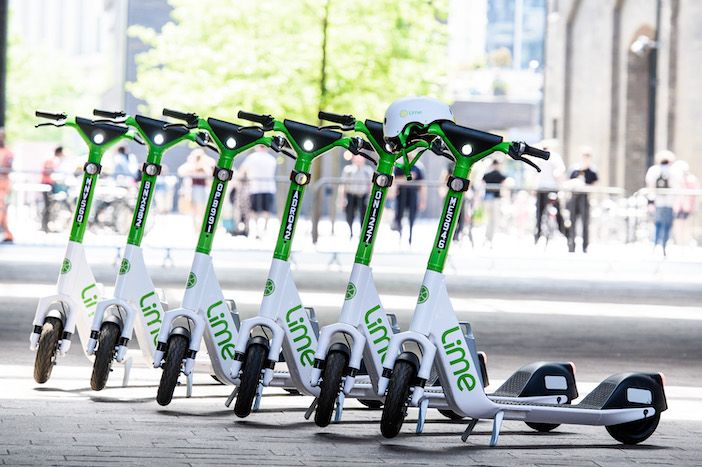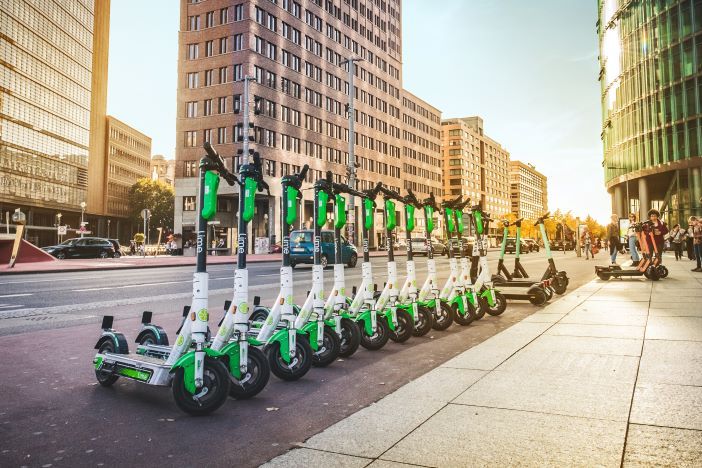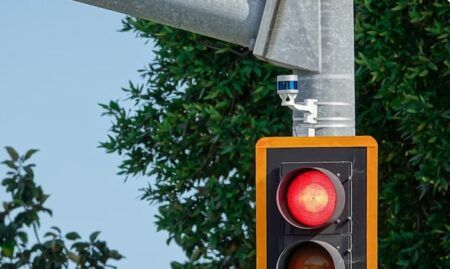Lime has announced new safety technology aimed at dramatically reducing crashes, serious injuries, drunk riding and sidewalk riding on its e-scooters.
The package is headlined by the new Lime Vision platform, the industry’s first AI-enabled computer vision platform built in-house. The initial application for Lime Vision will be Lime’s Advanced Sidewalk Detection, which can accurately detect when a rider is using a scooter on a sidewalk in real time, alert them via an audible sound and slow the scooter, preventing conflict with pedestrians and other sidewalk users.
“Lime Vision doubles down on our commitment to building vertically-integrated hardware and software as we aim to provide the safest possible service to cities and our riders,” says Joe Kraus, president of Lime. “We’re excited about this transformative array of safety measures, particularly Advanced Sidewalk Detection supported by Lime Vision, which will set a new standard for the industry. Building this in-house means we can integrate Lime Vision into our hardware, constantly refine the technology through learnings from our global operations, and scale Lime Vision to new cities with ease.”

With on-board cameras, Lime Vision will support a range of applications and serve as a cornerstone for Lime’s safety innovation, starting with Advanced Sidewalk Detection. The technology can distinguish between the sidewalk and the roadbed using AI-enabled image detection and can be customized to individual cities with wide ranges of road and sidewalk surfaces. Using Lime Vision, Advanced Sidewalk Detection can detect when a scooter is being used on a sidewalk in under a second. Once detected, the scooter can make a sound to let riders know they should move off the sidewalk, while slowing the scooter to a low speed.
Lime Vision is designed to seamlessly integrate with Lime’s hardware and firmware. As Lime Vision is built in-house, Lime will be able to quickly adapt it as needed. Lime’s in-house development team will have full control over the Lime Vision product roadmap, including new use cases beyond sidewalk riding to meet city needs, such as improved parking accuracy.
Lime has also announced a new late-night rider test, which gauges reaction time to deter drunk riding. The company will gradually roll out full pilots of these features in Paris, France and select markets around the world.
The test helps riders determine whether they are capable of safely riding a scooter. In markets where it is deployed, it will be a requirement for any ride starting after a designated time. Riders will be prompted with the test once a scooter is scanned but before it unlocks. The rider will be prompted with the reaction test screen explaining what the test is and why they need to take it. Based on their reaction time, riders will either pass or fail the test. Riders will not be able to start a ride unless they pass the test.
Images: Adobe Stock, Lime





